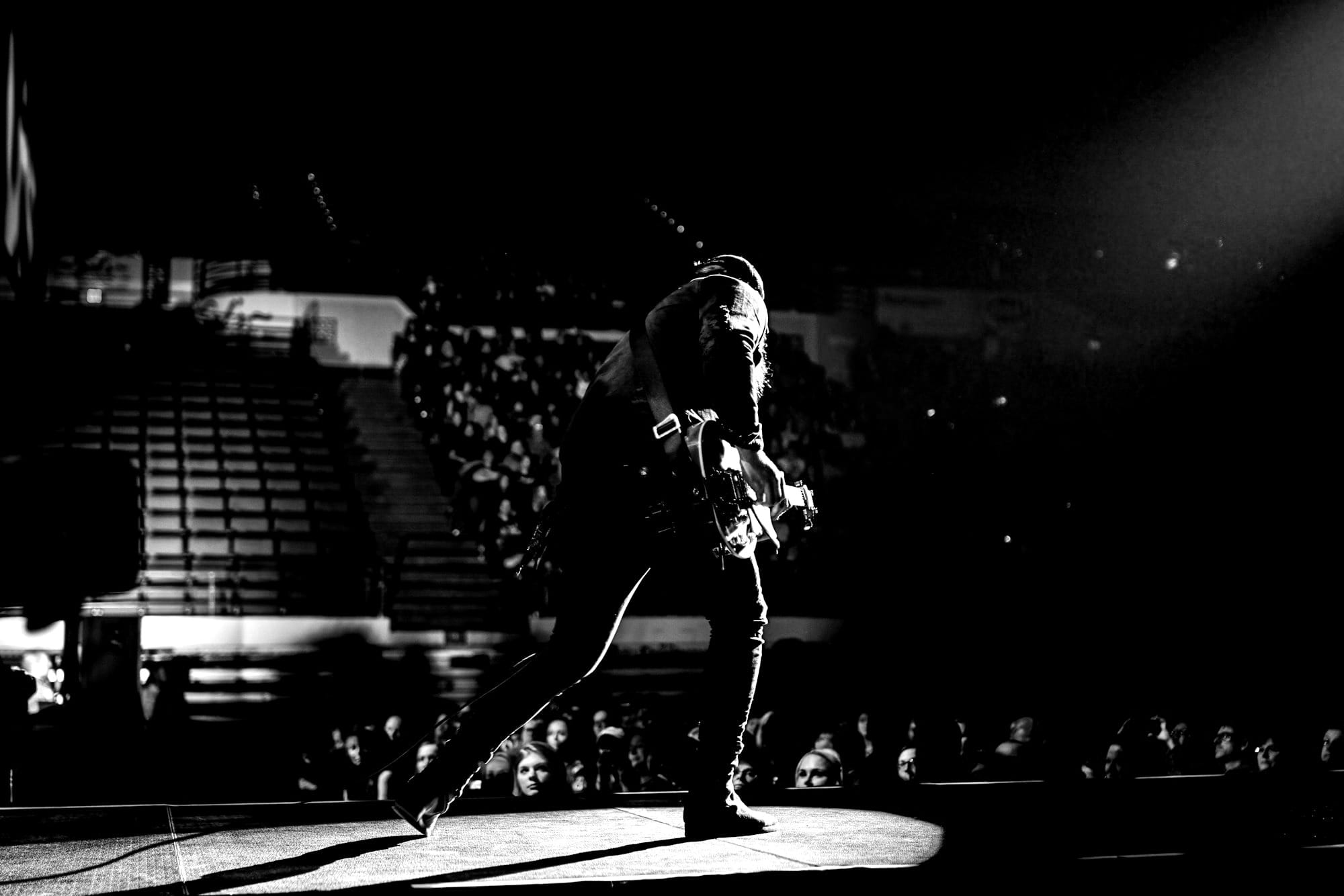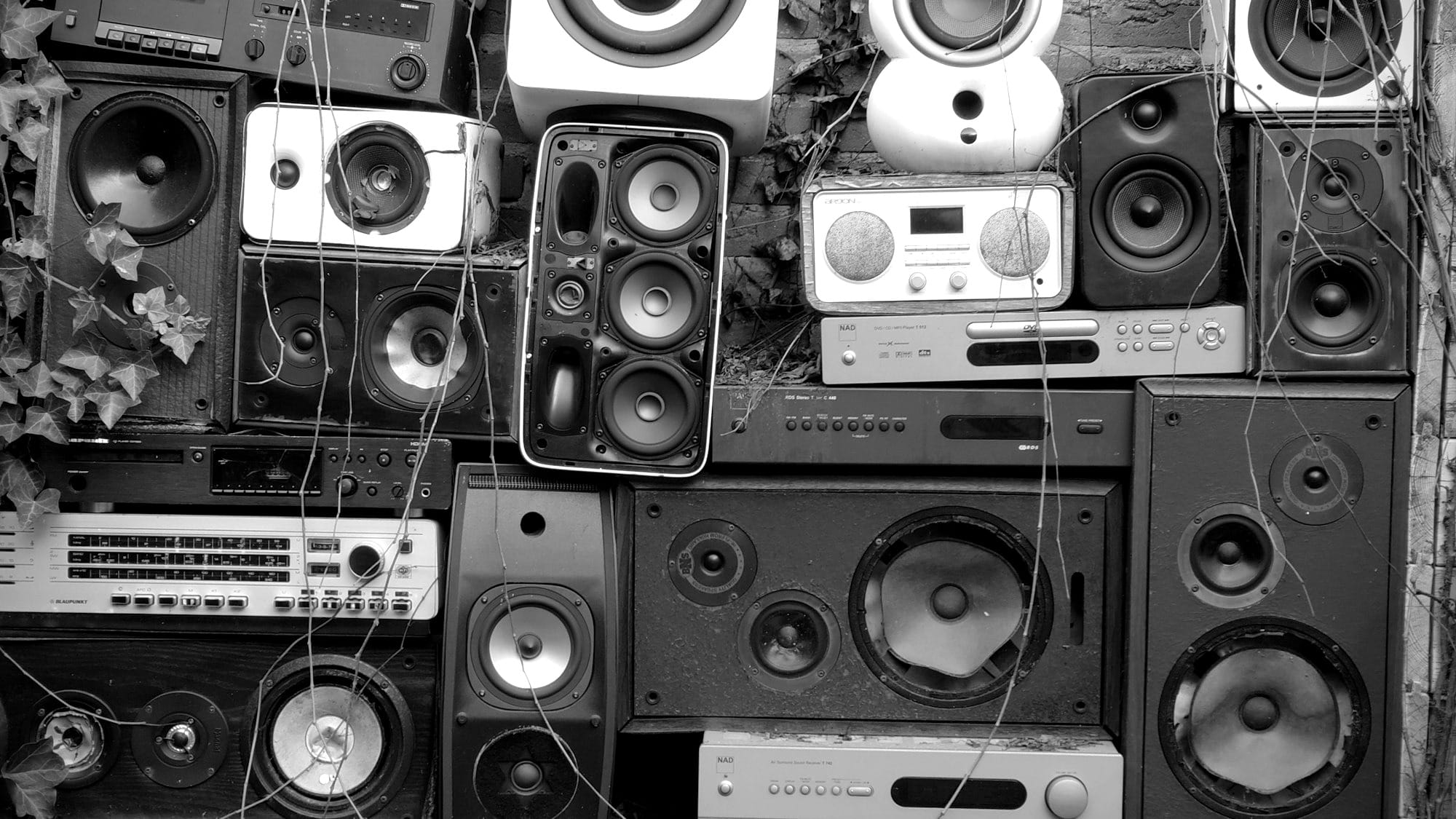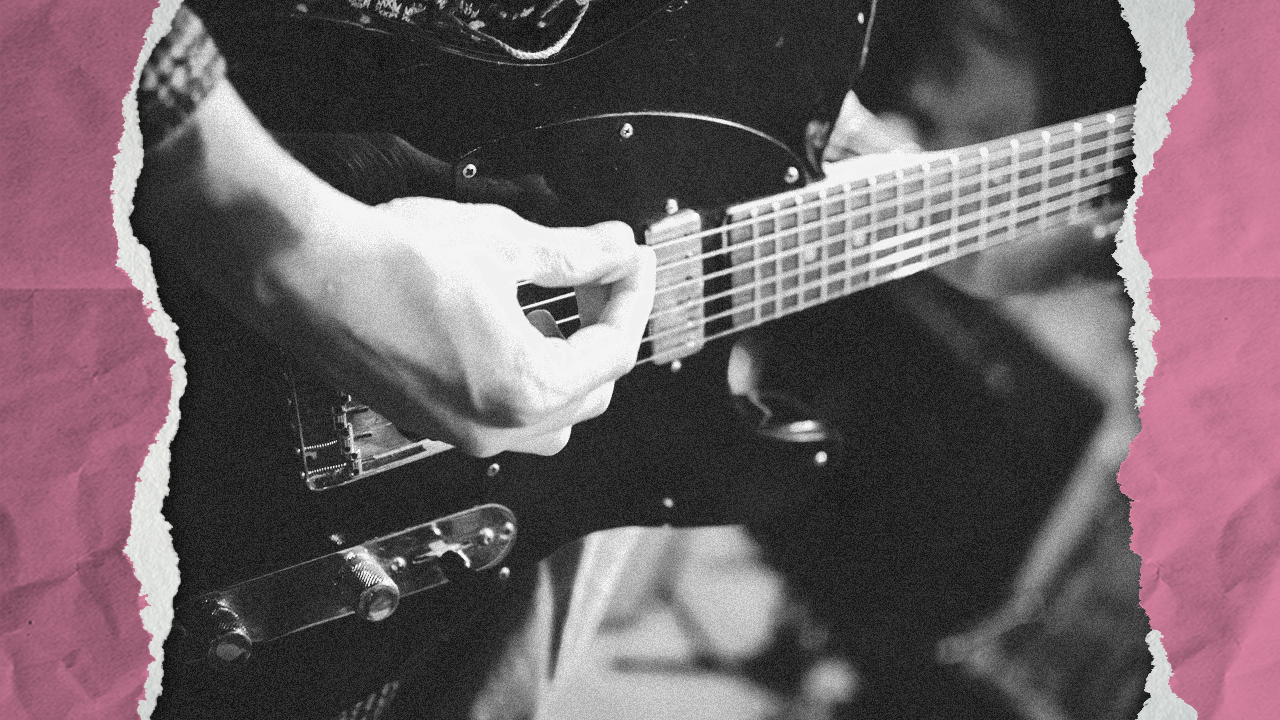What if the most iconic sound in rock music was a happy accident?

Feed Me, Seymour! Feed me, FEED ME!
Oh boy, oh boy—feedback. We have to write about it when the zine is called 'Feedback Loop'. the quintessential sound in almost all of rock and roll, punk, and nearly any genre that isn’t meant to be "clean". It’s the sound of chaos tamed (or at least directed), and it’s everywhere—from the Beatles to Nirvana to that one DIY punk show where the PA seemed actively hostile.
But here’s the thing: feedback wasn’t always cool. Back in the 1940s, it was just an unwanted glitch—a gremlin in the gears of early electronics. Then the ‘50s hit, and weirdos like Les Paul and Mary Ford started playing with it. By the ‘60s? Boom. Jimi Hendrix turned it into a weapon. The Beatles and The Kinks used it like a spice. And suddenly, what was once a technical flaw became the secret sauce of rock.
So how did we get from "ugh, fix that noise" to "LOUDER, MORE"? And more importantly—how do you control the beast? Let’s dig in.

From Mistake to Masterpiece
Feedback is just a signal loop—your guitar’s output screaming back into its own input. Simple, right? Imagine holding a microphone right up to a PA—that awful screeching sound? That’s uncontrolled feedback. But when a guitar vibrates from the same sound it’s producing? That’s where we get some very interesting tones and textures.
Back in the 1940s, feedback was initially considered an unwanted effect. But by the 1950s, pioneers like Les Paul and Mary Ford became fascinated with experimenting with controlled feedback. Then, once the 1960s hit—oh man, things exploded. We’re talking about The Beatles, The Kinks, and especially Jimi Hendrix, who made feedback a core element of what we now recognize as rock and roll.
By the 1970s and 80s, feedback became an art form. From 80s hair metal to grunge and experimental rock (Nirvana, Radiohead, Muse—oh my God, so much good stuff), what started as an unwanted noise evolved into a powerful artistic tool. This shift also reflects technological progress. As new gear was developed, "problems" like feedback emerged—but great artistry comes from turning those "flaws" into something beautiful.

Feedback’s Split Personality
Not all feedback is created equal. There’s harmonic feedback (pretty, musical, the kind where your guitar starts singing on its own) and harsh feedback (the sound of a mic dropped into a jet engine).
Harmonic feedback is when your guitar vibrates at a certain frequency, causing the output to loop back into the input, sustaining the same note. Artists like Hendrix and John Frusciante mastered this, making feedback sound musical rather than harsh. Think Hendrix holding a note forever, or U2’s Edge crafting shimmering soundscapes.
But feedback doesn’t always have to be "pretty"—it can be abrasive, evoking raw emotion. When thinking of harsh feedback, think of the chaotic feedback at a DIY punk show. It’s not always intentional, but it’s essential to the energy of the performance. It is that moment when your amp decides it hates you–or just wants to turn up the show to 11.
A perfect example? Nirvana’s Live at the Paramount performance of "Territorial Pissings." The feedback in that recording is brutal, raw, and perfect
(Video cred: Nirvana 1991 & 2011 Geffen Records© / Youtube)
How to Tame the Beast (Sort Of)
Here’s the dirty secret: you can’t fully control feedback. But you can guide it. Here are some ideas you can start with:
- Boss FB-2: Increases gain and lets you shape feedback tonally via EQ. Great for avoiding ear-piercing frequencies.
- Boss DF-2: A distortion pedal with built-in feedback control. (Note: These older pedals can be pricey.)
- TC Electronic Freqout: My personal fave. A digital feedback creator that mimics natural feedback at lower volumes. Perfect for bedroom recording without blowing out your eardrums.
DIY Mad Science
Want the cheapest, weirdest solution? Strap a tiny speaker to your guitar. No, really:
- Get an Exciter Speaker ($35ish)
- Mount the speaker onto the back of your guitar
- Route your signal:
- Go from guitar to your choice of amp
- Then run a cable from the speaker out of your amp to the little Exciter mounted to your guitar. Make sure to match ohm ratings or you'll be SOL'd
- Start ripping some pseudo-fat-stack feedback for under $40!
Check out the original video of this being done below! Just look how happy this lil feller is with his new toy!
(Video cred: Beauregard Hall / Youtube)
So… Should You Embrace the Noise?
Feedback isn’t for everyone. But if you’ve ever cranked an amp and felt that vibration—the way the air shakes, the way your guitar starts talking back—you get it. It’s alive. Feedback went from an unwanted noise to a defining feature of modern music. Whether you use pedals, DIY hacks, or just crank your amp until it screams, it’s a powerful tool for expression.
So, are you team "controlled harmonic bliss" or team "unhinged sonic violence"? Either way, there’s a pedal (or a janky DIY hack) for you. What do you think? Do you use feedback in your music? Any favorite feedback-heavy artists? Would you try any of these techniques? Drop a comment below—I’d love to hear your thoughts!


